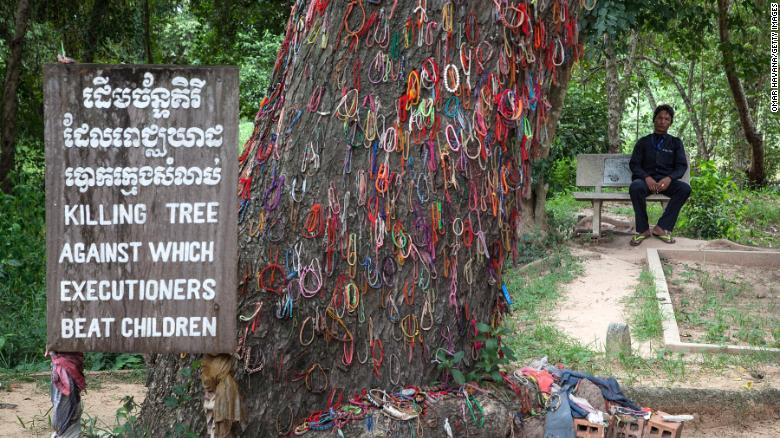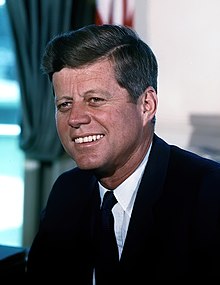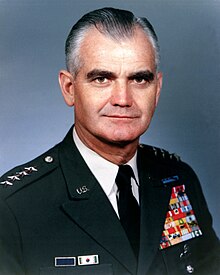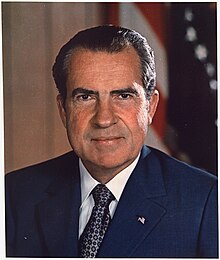Rulers of Russia Since 1533
| Name | Ruled1 | Born |
|---|---|---|
| Ivan IV the Terrible | 1533–1584 | 1530 |
| Theodore I | 1584–1598 | 1557 |
| Boris Godunov | 1598–1605 | c.1551 |
| Theodore II | 1605–1605 | 1589 |
| Demetrius I2 | 1605–1606 | ? |
| Basil IV Shuiski | 1606–16103 | ? |
| “Time of Troubles” | 1610–1613 | — |
| Michael Romanov | 1613–1645 | 1596 |
| Alexis I | 1645–1676 | 1629 |
| Theodore III | 1676–1682 | 1656 |
| Ivan V4 | 1682–16895 | 1666 |
| Peter I the Great4 | 1682–1725 | 1672 |
| Catherine I | 1725–1727 | c.1684 |
| Peter II | 1727–1730 | 1715 |
| Anna | 1730–1740 | 1693 |
| Ivan VI | 1740–17416 | 1740 |
| Elizabeth | 1741–1762 | 1709 |
| Peter III | 1762–1762 | 1728 |
| Catherine II the Great | 1762–1796 | 1729 |
| Paul I | 1796–1801 | 1754 |
| Alexander I | 1801–1825 | 1777 |
| Nicholas I | 1825–1855 | 1796 |
| Alexander II | 1855–1881 | 1818 |
| Alexander III | 1881–1894 | 1845 |
| Nicholas II | 1894–19177 | 1868 |
| PROVISIONAL GOVERNMENT (PREMIERS) | ||
| Prince Georgi Lvov | 1917–1917 | 1861 |
| Alexander Kerensky | 1917–1917 | 1881 |
| POLITICAL LEADERS OF USSR | ||
| Vladimir Ilyich Lenin | 1917–1924 | 1870 |
| Aleksei Rykov | 1924–1930 | 1881 |
| Vyacheslav Molotov | 1930–1941 | 1890 |
| Joseph Stalin8 | 1941–1953 | 1879 |
| Georgi M. Malenkov | 1953–1955 | 1902 |
| Nikolai A. Bulganin | 1955–1958 | 1895 |
| Nikita S. Khrushchev | 1958–1964 | 1894 |
| Leonid I. Brezhnev | 1964–1982 | 1906 |
| Yuri V. Andropov | 1982–1984 | 1914 |
| Konstantin U. Chernenko | 1984–1985 | 1912 |
| Mikhail S. Gorbachev | 1985–1991 | 1931 |
| PRESIDENTS OF RUSSIA | ||
| Boris Yeltsin | 1991–1999 | 1931 |
| Vladimir Putin | 1998–2008 | 1952 |
| Dmitry Medvedev | 2008–2012 | 1965 |
| Vladimir Putin | 2012– | 1952 |
This section presents the official biographies of presidents of Russia. The Russian Federation held its first presidential election on June 12, 1991.
Vladimir Putin
Elected on March 18, 2018.

Biography
- 1952
- Vladimir Putin was born in Leningrad on October 7, 1952.
- 1975
- In 1975, he graduated with a degree in law from Leningrad State University. He later earned a Ph.D. degree in economics.
- 1985–1990
- After graduation, Mr. Putin was assigned to work in the KGB. From 1985 to 1990, he worked in East Germany.
- 1990
- In 1990, he became assistant to the rector of Leningrad State University responsible for international affairs. His next position was an advisor to the chairman of the Leningrad City Council.
- 1991, 1994
- In June 1991, he became chairman of the St. Petersburg City Council’s International Relations Committee and, starting with 1994, he combined this post with the position of First Deputy Chairman of the St. Petersburg City Government (First Deputy Mayor).
- 1996
- In August 1996, he was appointed deputy head of the President’s Administrative Directorate (Property Management Directorate).
- 1997
- In March 1997, he became deputy head of the Executive Office of the President (Presidential Administration) and head of the Central Supervision and Inspections Directorate.
- 1998
- In May 1998, he was promoted to first deputy head of the Presidential Administration.
- 1998, 1999
- In July 1998, he was appointed director of the Federal Security Service and, as of March 1999, he combined this position with that of Secretary of the Security Council.
- 1999
- In August 1999, he was appointed Prime Minister.
- 1999
- On December 31, 1999, he became acting President.
- 2000
- On March 26, 2000, he was elected President of Russia and was inaugurated on May 7, 2000.
- 2004
- On March 14, 2004, he was elected President of Russia for the second term.
- 2008
- Since May 8, 2008, Vladimir Putin is a Prime Minister of Russia.
- 2012
- On March 4, 2012, he was elected President of Russia and inaugurated on May 7, 2012.
- 2018
- On March 18, 2018, he was re-elected President of Russia.
- Vladimir Putin has two daughters: Maria (1985), Katerina (1986).
Dmitry Medvedev
President of Russia in 2008–2012

Biography
- 1965
- Born September 14, 1965, in Leningrad.
- 1987, 1990
- Graduated from the Faculty of Law of Leningrad State University in 1987 and completed his post-graduate studies at Leningrad State University in 1990. Holds a PhD in law and the title of associate professor.
- 1990–1999
- Lectured at St Petersburg State University.
- 1990–1995
- At the same time was an adviser to the Chairman of the Leningrad City Council and an expert consultant to the St Petersburg City Hall’s Committee for External Affairs.
- 1999
- Deputy Government Chief of Staff.
- 1999–2000
- Deputy Chief of Staff of the Presidential Executive Office.
- 2000–2003
- First Deputy Chief of Staff of the Presidential Executive Office.
- 2000–2001
- Chairman of the Board of Directors of OAO Gazprom, in 2001 – Deputy Chairman of the Board of Directors of OAO Gazprom, from June 2002 – Chairman of the Board of Directors of OAO Gazprom.
- 2003–2005
- Chief of Staff of the Presidential Executive Office.
- 2005
- In November, appointed First Deputy Prime Minister.
- 2008
- March 2, Elected President of the Russian Federation.
- 2012
- Since May 8, Dmitry Medvedev is a Prime Minister of Russia.
- Married to Svetlana Vladimirovna Medvedeva. The Medvedevs have a son, Ilya (born 1995).
Boris Yeltsin
President of Russia in 1991–1999

Biography
- 1931
- Mr Yeltsin was born on February 1, 1931, in Sverdlovsk Region.
- 1955–1985
- After graduating from the Urals Polytechnic Institute in 1955, Mr Yeltsin worked for 30 years in the Sverdlovsk Region, eventually becoming first secretary of the Sverdlovsk Regional Committee of the Soviet Communist Party.
- Mr Yeltsin was then transferred to Moscow, where he headed the Soviet Communist Party Central Committee’s construction department. He became secretary of the Central Committee, and then first secretary of the Moscow City Communist Party Committee.
- 1987
- In 1987, Mr Yeltsin was dismissed from his posts and returned to the political scene only in March 1989, when he won more than 80 percent of the vote in the country’s first democratic elections and was elected a Soviet people’s deputy. In 1990, he was elected chairman of the Russian Supreme Council and that same year declared that he was leaving the Communist Party.
- 1991
- On 12 June Mr Yeltsin was elected first president of the Russian Federation in a national election, winning more than 50 percent of the vote in the first round.
- 1996
- Mr Yeltsin was re-elected president on July 3 winning almost 54 percent of the vote in the second round.
- 1999
- On December 31, Mr Yeltsin signed a decree announcing that he was stepping down from his post as president.
- 2007
- Boris Yeltsin died on April 23 of a heart attack.




 Civil war in China between the Nationalists and the Communists broke out in 1927. In 1931, Communist leader
Civil war in China between the Nationalists and the Communists broke out in 1927. In 1931, Communist leader 













